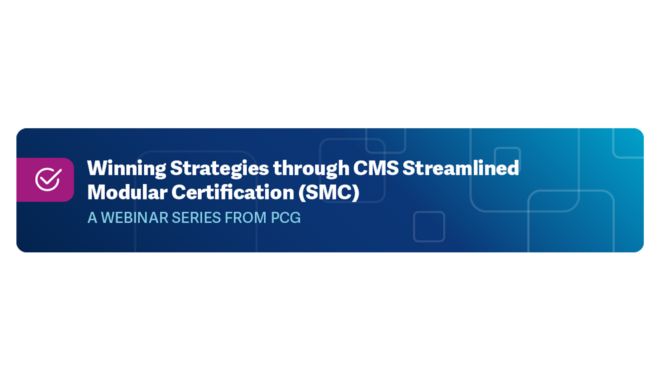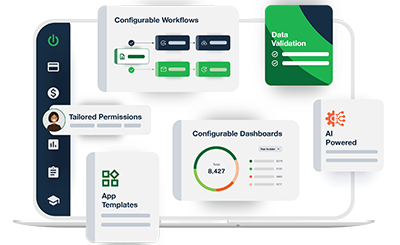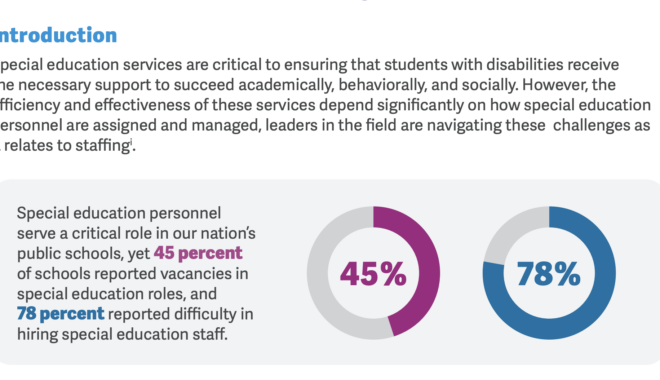News and Media

“Helping states and counties navigate the electronic health records (EHR) world is complex. Over the years, PCG has a achieved a proven track record of supporting facilities and health care organizations, specifically those servicing mental, behavioral, and public health…”
Andrew Heaney
Associate Manager, Health
Public Consulting Group
“Since PCG was awarded a U.S. General Services Administration (GSA) Multiple Award Schedule (MAS) to become an approved federal contractor in 2020, we have been building and expanding our footprint in the federal space—through GSA and non-GSA opportunities—as a prime vendor and subcontractor…”
Kaitlyn Crone, MBA
Senior Consultant, Federal Marketplace
Public Consulting Group
We are dedicated to supporting state and local government departments and projects nationwide to help our customers maximize resources, make better management decisions using performance measurement techniques, improve business processes, address federal and state compliance requirements, and improve client outcomes.
Bret Mohninger
Vice President, Technology Consulting
Public Consulting Group
“A project management office (PMO) in an organization is extremely valuable, but there isn’t a one-way approach to creating it. PCG understands this and focuses on best practices. PCG has developed a comprehensive PMO toolbox from which we carefully select artifacts and assessments to leverage and provide recommendations based on clients’ specific needs.”
Mark English
Information Technology (IT) Project Manager, Health
Public Consulting Group
“Our team at PCG developed a quick-reference guide for school-based leaders to utilize when addressing the four updated key priorities outlined in the U.S. Department of Education’s “Return to School Roadmap.”” Learn more!”
Mauria Uhlik, Ed.D.
Senior Advisor, Education
Public Consulting Group










